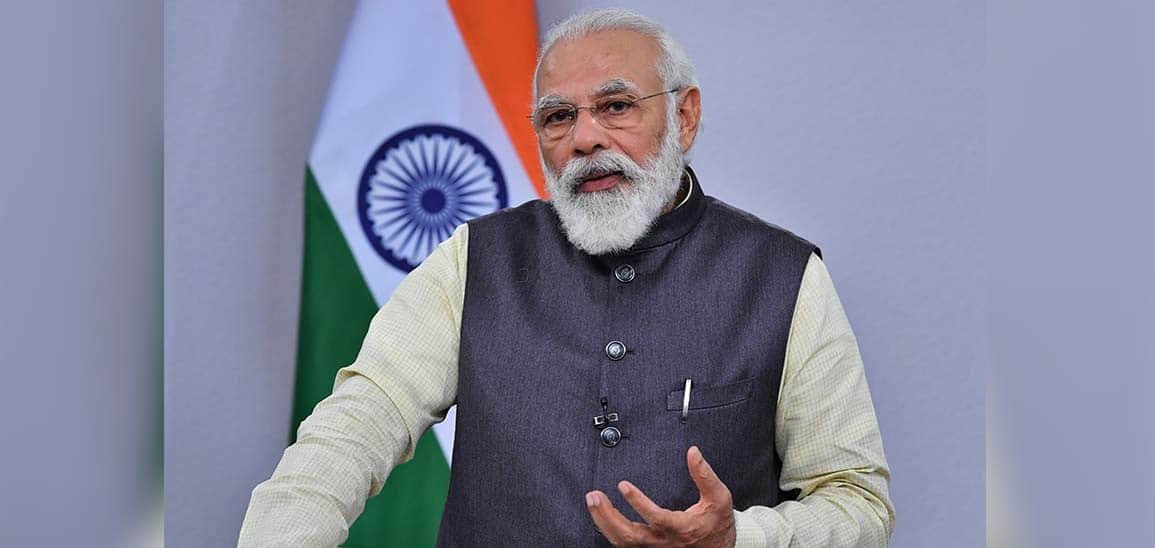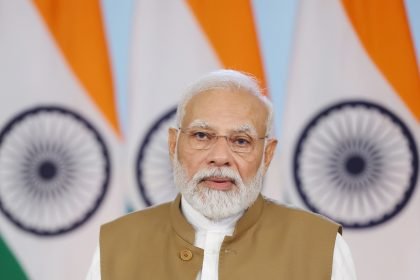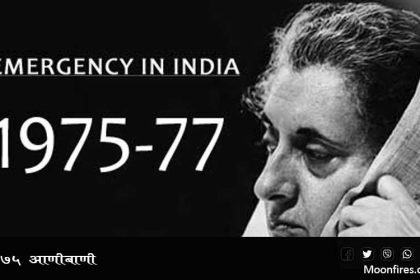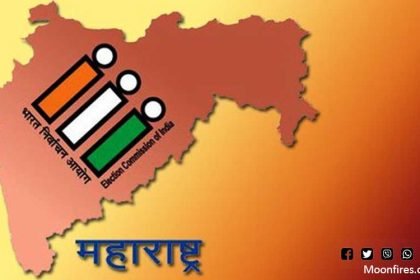How Modi Government is Transforming India’s Economy
India is a rapidly developing nation, and the Modi government has been instrumental in transforming the country’s economy. Since coming to power in 2014, the government has implemented a number of initiatives to promote economic growth and development.
One of the most significant changes has been the introduction of the Goods and Services Tax (GST). This unified tax system has replaced the complex web of indirect taxes that existed before, making it easier for businesses to operate and reducing the cost of goods and services. The GST has also helped to increase the government’s revenue, which has been used to fund various development projects.
The government has also taken steps to promote foreign investment in India. It has relaxed foreign direct investment (FDI) rules in various sectors, making it easier for foreign companies to set up operations in the country. This has led to an influx of capital, which has helped to create jobs and spur economic growth.
The government has also implemented a number of reforms to make it easier for businesses to operate. It has simplified the process of setting up a business, reduced the number of permits and licenses required, and made it easier to access credit. These reforms have made it easier for entrepreneurs to start and grow their businesses, which has helped to create jobs and boost economic growth.
The government has also taken steps to promote digital payments. It has launched the Unified Payments Interface (UPI), which allows users to make payments directly from their bank accounts. This has made it easier for people to make payments, and has helped to reduce the use of cash.
The government has also implemented a number of initiatives to promote financial inclusion. It has launched the Pradhan Mantri Jan Dhan Yojana (PMJDY), which provides access to banking services to millions of people who were previously excluded from the formal banking system. This has helped to increase access to credit, which has enabled people to start businesses and invest in their future.
The Modi government has also taken steps to promote the manufacturing sector. It has launched the Make in India initiative, which encourages foreign companies to set up manufacturing units in India. This has helped to create jobs and spur economic growth.
The government has also implemented a number of reforms to improve the ease of doing business in India. It has reduced the number of procedures required to start a business, and made it easier to access credit. These reforms have made it easier for businesses to operate, which has helped to create jobs and boost economic growth.
The Modi government has also taken steps to promote the agricultural sector. It has implemented a number of initiatives to increase the productivity of farmers, such as providing access to credit, modernizing irrigation systems, and promoting the use of technology. These initiatives have helped to increase agricultural output, which has helped to reduce poverty and spur economic growth.
The Modi government has also taken steps to promote the tourism sector. It has implemented a number of initiatives to make it easier for tourists to visit India, such as relaxing visa rules and promoting the country as a tourist destination. This has helped to create jobs and boost economic growth.
The Modi government has implemented a number of initiatives to transform India’s economy. These initiatives have helped to create jobs, reduce poverty, and spur economic growth. The government’s efforts have been instrumental in transforming India into a rapidly developing nation.
Modi Government’s Initiatives to Improve Education in India
The Indian education system has been undergoing a major transformation in recent years, thanks to the initiatives taken by the Modi government. The government has taken several steps to improve the quality of education in India and to make it more accessible to all.
One of the major initiatives taken by the Modi government is the launch of the National Education Policy (NEP) 2020. This policy aims to make education more holistic, flexible, and multidisciplinary. It also seeks to provide equal access to quality education for all, regardless of their socio-economic background. The NEP 2020 also focuses on the use of technology in education, with the aim of making learning more interactive and engaging.
The government has also launched the Pradhan Mantri Kaushal Vikas Yojana (PMKVY), which is a skill development program that aims to provide training to youth in various sectors. This program is aimed at providing employment opportunities to the youth and helping them become self-reliant.
The government has also taken steps to improve the quality of higher education in India. It has launched the Rashtriya Uchchatar Shiksha Abhiyan (RUSA), which is a centrally sponsored scheme that aims to provide quality higher education to all. The scheme also focuses on improving the infrastructure of higher educational institutions and providing financial assistance to students.
The government has also launched the National Testing Agency (NTA), which is responsible for conducting entrance examinations for admission to higher educational institutions. This will help ensure that students are selected on the basis of merit and not on the basis of their socio-economic background.
The government has also taken steps to improve the quality of school education in India. It has launched the Samagra Shiksha Abhiyan, which is a centrally sponsored scheme that aims to provide quality education to all children. The scheme also focuses on improving the infrastructure of schools and providing financial assistance to students.
The government has also taken steps to promote research and innovation in the field of education. It has launched the Atal Innovation Mission (AIM), which is a program that aims to promote innovation and entrepreneurship among students. The program also focuses on providing mentorship and support to students who are interested in pursuing research and innovation.
These are some of the initiatives taken by the Modi government to improve the quality of education in India. The government is committed to making education accessible to all and to providing quality education to all.
Modi Government’s Efforts to Combat Climate Change in India
Climate change is one of the most pressing issues of our time, and India is no exception. The Modi government has taken a number of steps to combat climate change in India.
One of the most significant steps taken by the Modi government is the launch of the International Solar Alliance (ISA). The ISA is a coalition of 121 countries, including India, that have come together to promote the use of solar energy and other renewable sources of energy. The ISA has set a target of generating 1,000 gigawatts of solar energy by 2030. This is a major step towards reducing India’s dependence on fossil fuels and reducing its carbon footprint.
The Modi government has also taken steps to promote the use of electric vehicles in India. The government has set a target of having 30% of all vehicles in India powered by electricity by 2030. To achieve this, the government has launched several initiatives such as the FAME India scheme, which provides incentives for the purchase of electric vehicles.
The Modi government has also taken steps to promote energy efficiency in India. The government has launched the UJALA scheme, which provides LED bulbs to households at a subsidized rate. This has helped reduce electricity consumption in India and has also helped reduce carbon emissions.
The Modi government has also taken steps to promote the use of renewable sources of energy in India. The government has set a target of having 175 gigawatts of renewable energy capacity by 2022. To achieve this, the government has launched several initiatives such as the KUSUM scheme, which provides financial assistance to farmers for setting up solar power plants on their land.
The Modi government has also taken steps to protect India’s forests and other natural resources. The government has launched the Green India Mission, which aims to increase India’s forest cover by 5 million hectares by 2020. This will help reduce carbon emissions and also help protect India’s biodiversity.
The Modi government has also taken steps to reduce air pollution in India. The government has launched the National Clean Air Programme, which aims to reduce air pollution by 20-30% by 2024. This will help reduce the health impacts of air pollution and also help reduce carbon emissions.
The Modi government has taken a number of steps to combat climate change in India. These steps are helping to reduce India’s carbon footprint and are helping to protect India’s environment. It is important that we all do our part to combat climate change and ensure a sustainable future for India.
Conclusion
The Modi government has been a transformative force in India, bringing about a range of reforms and initiatives that have had a positive impact on the country. From the introduction of the Goods and Services Tax to the launch of the Digital India program, the Modi government has made significant strides in improving the lives of Indians. The government has also taken steps to improve the economy, create jobs, and reduce poverty. The Modi government has also been successful in improving India’s international standing and strengthening its ties with other countries. Overall, the Modi government has been a positive force for India and its citizens.








 If you want to use your preferred UPI app, our UPI ID is raj0nly@UPI (you can also scan the QR Code below to make a payment to this ID.
If you want to use your preferred UPI app, our UPI ID is raj0nly@UPI (you can also scan the QR Code below to make a payment to this ID.






